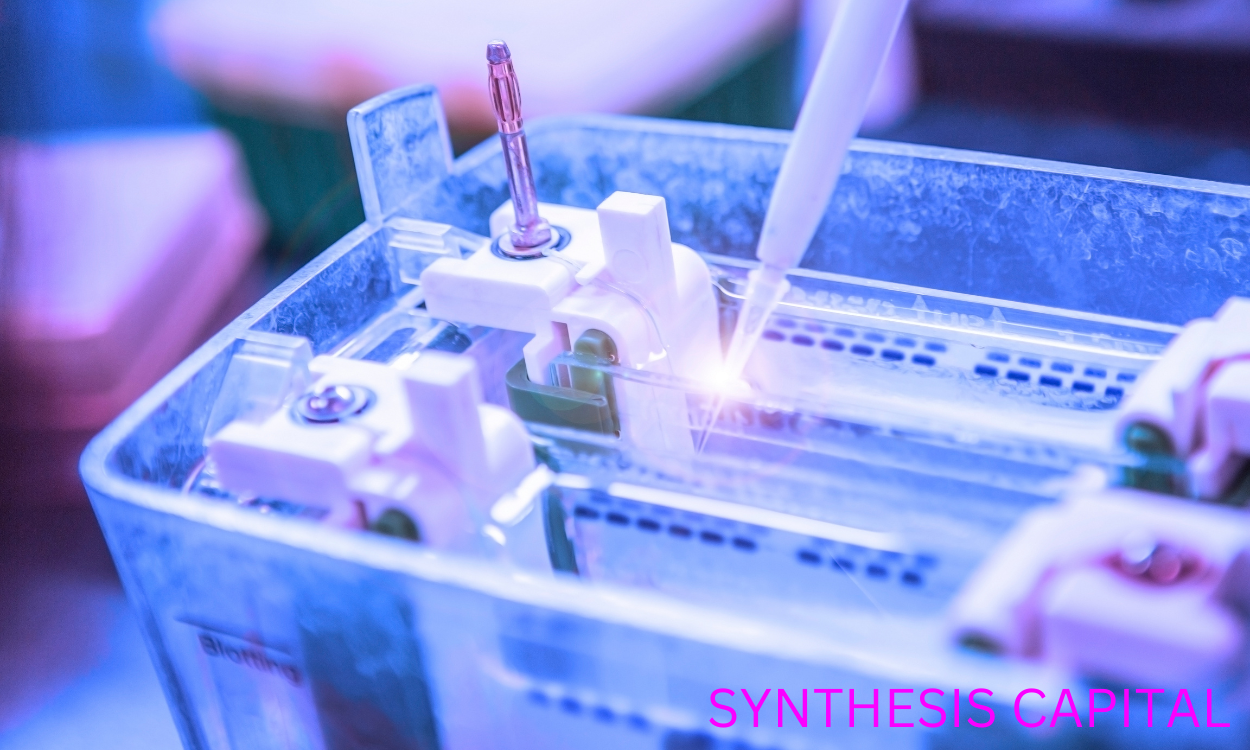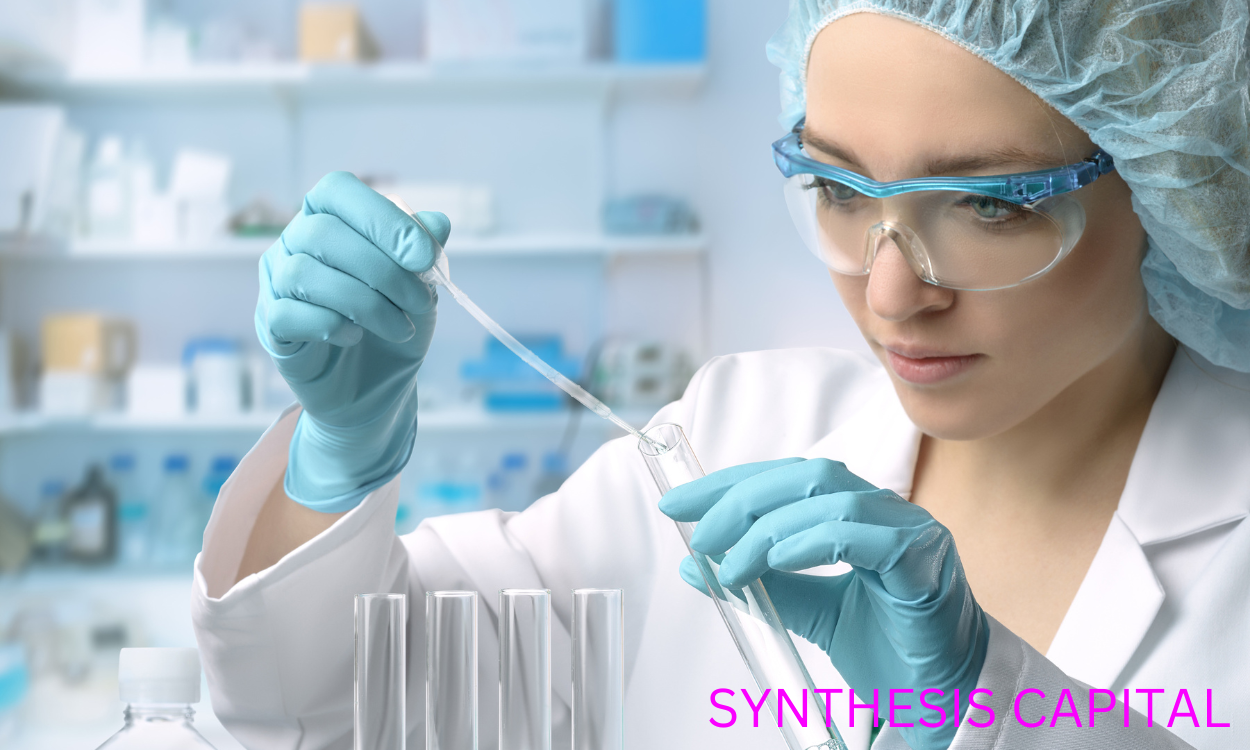The Strep tag purification protocol is a widely used method for purifying proteins of interest that have been tagged with a Strep tag. This purification technique utilizes the high affinity interaction between the Strep-tagged protein and Strep-Tactin resin, allowing for efficient isolation and purification of the target protein from complex mixtures. The protocol involves a series of steps including cell lysis, binding of the Strep-tagged protein to the resin, washing to remove non-specifically bound proteins, and elution of the purified protein. By following this protocol, researchers can obtain highly purified and active proteins for further downstream applications such as structural studies, functional assays, or biochemical analysis.
Key Steps in the Strep Tag Purification Protocol
The key steps involved in the strep tag purification protocol include: first, binding the target protein to a resin containing Strep-Tactin, allowing for specific interaction between the Strep-tag on the protein and the Strep-Tactin resin; next, washing the resin to remove non-specifically bound proteins and contaminants; then, eluting the target protein by adding biotin, which competes with the Strep-tag for binding to the Strep-Tactin resin, thereby releasing the purified protein; finally, dialyzing or desalting the eluted protein to remove any remaining contaminants and buffer exchange if necessary. This purification method is efficient and gentle, preserving the biological activity of the target protein throughout the process.

How effective is the strep tag purification method at isolating target proteins?
The strep tag purification method has been shown to be highly effective at isolating target proteins due to its high specificity and affinity for the streptavidin resin. The strep tag binds tightly to the resin, allowing for efficient capture of the tagged protein while minimizing non-specific binding of other cellular proteins. This results in a high yield of purified target protein with minimal contamination, making it a reliable and widely used method for protein purification in research and biotechnology applications.
Are there any potential drawbacks or limitations to using the strep tag purification protocol?
One potential drawback of using the strep tag purification protocol is that it may not be suitable for all proteins, as some proteins may not efficiently bind to the strep tag or may have a negative impact on protein stability. Additionally, the cost of the strep tag purification system and reagents may be prohibitive for some researchers, especially those working with limited budgets. Furthermore, the purification process can be time-consuming and labor-intensive, requiring multiple steps and optimization for each specific protein of interest. Overall, while the strep tag purification protocol can be a valuable tool for purifying recombinant proteins, it is important to consider these limitations and potential drawbacks when deciding whether to use this method for protein purification.
How long does the strep tag purification process typically take to complete?
The strep tag purification process typically takes around 4-6 hours to complete. This includes the binding of the strep-tagged protein to the resin, washing away non-specifically bound proteins, and eluting the purified protein using biotin-containing buffer. The length of the process can vary depending on the scale of the purification, the specific protocol being used, and the efficiency of protein binding and elution. Overall, proper optimization and careful attention to each step are necessary to ensure a successful and efficient purification process.
What types of samples or materials can be used with the strep tag purification protocol?
The strep tag purification protocol can be used with a variety of samples and materials, including recombinant proteins, protein complexes, antibodies, and nucleic acids. These samples can be derived from bacterial, mammalian, or insect cell cultures, as well as tissue lysates. Additionally, the strep tag purification protocol is compatible with various buffers and conditions, making it a versatile method for purifying a wide range of biomolecules for downstream applications in research and biotechnology.

Can the strep tag purification protocol be easily scaled up for large-scale protein purification?
The strep tag purification protocol can be easily scaled up for large-scale protein purification by increasing the volume of the bacterial culture, adjusting the amount of affinity resin and buffers accordingly, and utilizing larger columns or automated purification systems. The simplicity and efficiency of the strep tag system make it a suitable choice for high-throughput protein purification applications, allowing for the purification of large quantities of proteins in a consistent and reproducible manner. Additionally, the use of standardized protocols and equipment further facilitates the scalability of the strep tag purification method for industrial-scale protein production.
Are there any specific conditions or equipment requirements for carrying out the strep tag purification protocol?
Specific conditions and equipment requirements for carrying out the strep tag purification protocol include the need for a suitable affinity column packed with Strep-Tactin resin, as well as a buffer system containing specific concentrations of imidazole and desthiobiotin. Additionally, it is essential to have access to a centrifuge for protein precipitation steps and a spectrophotometer for quantification of protein concentrations throughout the purification process. Proper pH and temperature control are also crucial for optimal binding and elution of the tagged protein from the resin. Overall, following these specified conditions and utilizing the necessary equipment will ensure successful purification of proteins using the strep tag method.
How does the cost of implementing the strep tag purification protocol compare to other protein purification methods?
The cost of implementing the strep tag purification protocol is generally more cost-effective compared to other protein purification methods such as affinity chromatography or ion exchange chromatography. This is because the strep tag purification protocol utilizes a single affinity purification step, which reduces the overall cost by minimizing the need for additional expensive reagents or columns. Additionally, the strep tag purification protocol allows for high purity and yield of the target protein, making it a cost-effective choice for researchers and laboratories looking to purify proteins efficiently and economically.